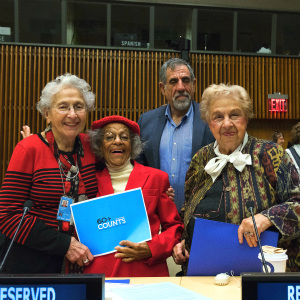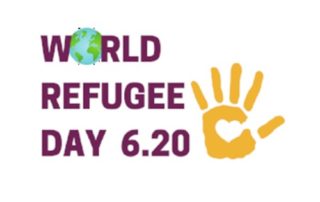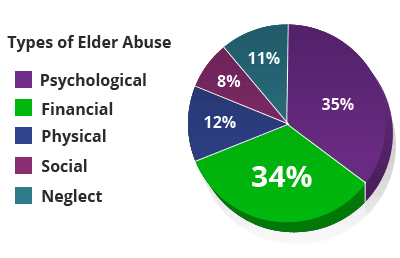Conflict, poverty and gender bias create toxic environments for children

This year the focus is to ‘Leave No Child Behind for Africa’s Development,’ a theme inspired around the 2030 Agenda for Sustainable Development, including, the Sustainable Development Goals (SDGs). The SDGs put emphasis on targeting those left furthest behind first. Children account for half of Africa’s population, so they must be prioritised, empowered and given a say, if development is to benefit all.
A new report launched by Save the Children on June 1st 2018, The Many Faces of Exclusion, reveals how poverty, conflict and discrimination against girls are putting more than 1.2 billion children – over half of children worldwide – at risk for an early end to their childhood. In East and Southern Africa, (120 million) are at high or extremely high risk of missing out on childhood. Childhood should be a time to play, learn and grow.
Save the Children’s report includes a ranking of 175 countries where childhood is most and least threatened as a result of poor health, malnutrition, exclusion from education, child labour, child marriage, early pregnancy and extreme violence. African countries comprise 19 (10 from Sub-Saharan Africa) out of the bottom 20 in the global index.
It is imperative that African governments and other stakeholders put concerted efforts to improve childhoods for Children as the current state of affairs is appalling. In this region the report found out:
13% of children in Somalia do not live to see their 5th birthday. This is the highest rate in the world.
South Sudan is 5th-worst performing country meaning most children are missing out on childhood. It has the highest rate of children out of school in the world (67%) and the second highest rate of displacement globally (31% forcibly displaced). South Sudan is also in the top five for child marriage at 40%.
In East and Southern Africa, one-fifth of girls aged 15 to 19 are currently married or in union.
One third of children in East and Southern Africa (34.4%) are moderately or severely stunted. In fact, the region claims three of the top 5 countries with the highest stunting rates in the world: Madagascar, Eritrea and Burundi, where about half or more of all children under age 5 are stunted.
Harmful child labour rates increased from 21% to 22%.
David Wright, Save the Children’s Regional Director, said that while progress is being made in many parts of the world—including in East and Southern Africa—it is not happening quickly enough.
“More than half the world’s children are being left behind because they are a girl, because they are poor or because they are growing up in a war-zone. Early marriage, child labour and malnutrition are just some of the life-changing events that can rob children of their childhood. Without urgent action, we’ll never meet the promises made three years ago by every country at the UN in 2015 to ensure that by 2030 every child survives, learns and is protected. Children account for half of Africa’s population, so must be a priority.”
Source : Text : https:reliefweb.int Image : gazettadelsud.it
 World Food Day is annually held on October 16 to commemorate the founding of the United Nations’ (UN) Food and Agriculture Organization (FAO). Each year has a different theme.
World Food Day is annually held on October 16 to commemorate the founding of the United Nations’ (UN) Food and Agriculture Organization (FAO). Each year has a different theme.
 New York, USA, 19 December 2017: The United Nations General Assembly has declared 23 September as International Day of Sign Languages. The resolution (
New York, USA, 19 December 2017: The United Nations General Assembly has declared 23 September as International Day of Sign Languages. The resolution (
 The United Nations’ (UN) International Day for the Remembrance of the Slave Trade and its Abolition is annually observed on August 23 to remind people of the tragedy of the transatlantic slave trade. It gives people a chance to think about the historic causes, the methods, and the consequences of slave trade.
The United Nations’ (UN) International Day for the Remembrance of the Slave Trade and its Abolition is annually observed on August 23 to remind people of the tragedy of the transatlantic slave trade. It gives people a chance to think about the historic causes, the methods, and the consequences of slave trade. The United Nations’ (UN) International Day Against Drug Abuse and Illicit Trafficking falls on June 26 each year to raise awareness of the major problem that illicit drugs represent to society. This day is supported by individuals, communities and various organizations all over the world.
The United Nations’ (UN) International Day Against Drug Abuse and Illicit Trafficking falls on June 26 each year to raise awareness of the major problem that illicit drugs represent to society. This day is supported by individuals, communities and various organizations all over the world.



